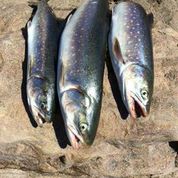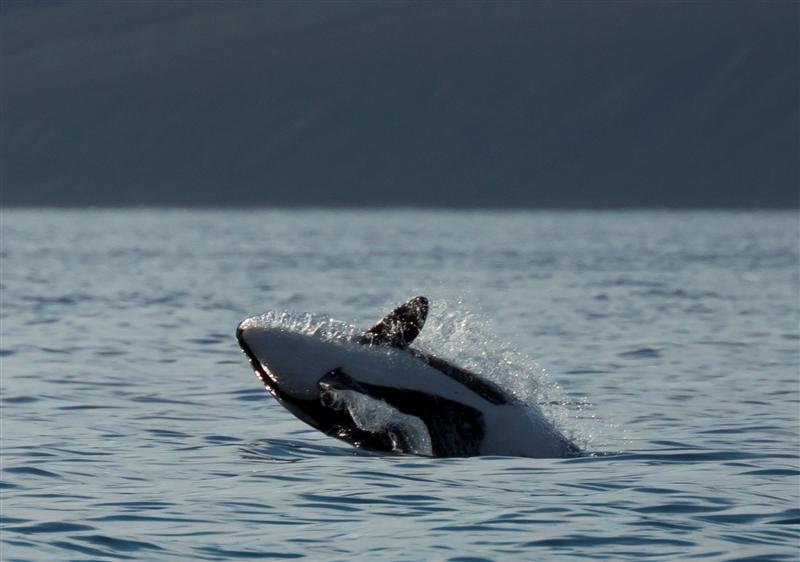WWF is part of a “Students on Ice” expedition from Arctic Canada to Greenland, both sponsoring students, and helping give the students useful skills. WWF staff member Sue Novotny is on board, and is sending blogs about the expedition.
Traditionally, ships visiting this part of Labrador would be met with an incongruous sight – a brass band dressed in traditional Inuit clothing. The bands are an artifact of Moravian missionaries who came to the region in the late 1700s. According to the staff of Torngat Mountains National Park, it’s been decades since these bands welcomed a ship. But today our zodiacs arrived at basecamp to trumpets, horns and trombones playing Moravian songs unchanged for over 100 years.
Torngat’s basecamp is home to researchers, park managers, bear guards and visitors. Paninnguaq, our WWF scholarship winner from Sisimiut, Greenland, shared some of her highlights from basecamp:
“I loved that it looked like home. Mountainous, and the same vegetation. But [home doesn’t have] ice blocks on the shore.
 I got to use an ice table for lunch [fresh char and bannock, cooked by elders on the beach]. I loved that we went to a waterfall to get water for our bottles. And to hear elders talk about how they were moved from their communities. It was very emotional. We really understood what it had been like.”
I got to use an ice table for lunch [fresh char and bannock, cooked by elders on the beach]. I loved that we went to a waterfall to get water for our bottles. And to hear elders talk about how they were moved from their communities. It was very emotional. We really understood what it had been like.”Few people get a chance to visit Canada’s northern parks, and I doubt many have been welcomed so warmly, by so many people. Even fewer have seen what we’ve seen over the past few days.
We made a solemn visit to the remote village of Killiniq, left abandoned in 1978 by forced relocation of its residents.
We climbed a mountain that hadn’t been climbed in the memories of any of the elders we met, for a view of the landscape that hasn’t been seen for untold years. And as the brass band played the ship off, perhaps another first – a rainbow appeared, and at the end, a mountaintop inukshuk. A perfect way to say goodbye to Canada before sailing to Greenland.












